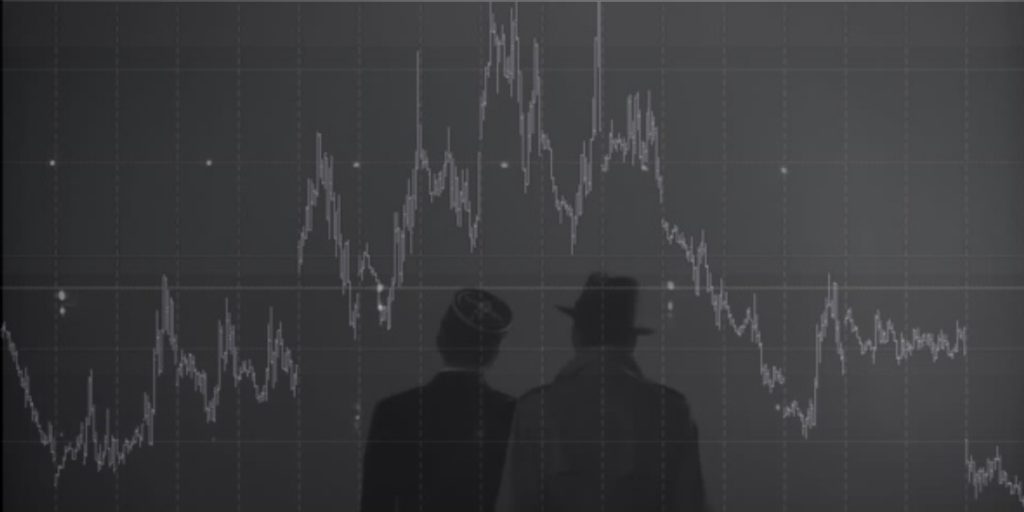(November 12, 2018) – In financial markets, volatility is defined by Investopedia as a statistical measure of the dispersion of returns for a given security or market index. That’s all well and good, so long as your investment decisions fall on the right side of “dispersion.”
Whether it was warnings from industrial companies, concerns about global economic growth, criticisms of sovereign central bank policies, the daily tit-for-tat of tariff spats, or ongoing political risks, investors in numerous asset classes were prompted in October to reassess asset values.
October’s helter-skelter for the investment community can be summarized in one volatile day for the U.S. stock market. On Tuesday, October 30, the S&P 500 index saw five swings of at least 1 percentage point either up or down. Even though the major averages all closed in the green that day, the intraday turmoil was a snapshot of what ails investors in the fall of 2018- uncertainty reigns.
Stocks
The gains of 2017 arguably came with little market volatility. And why not, given record profits, tax cuts, deregulation, low interest rates, and low unemployment. Therefore, one could argue that the low volatility of 2017 was teeing up the higher volatility once the calm had run its course. When it comes to stocks, stability inevitably begets instability. No one can predict the exact timing, but the move from low volatility to lots of volatility is a cyclical phenomenon investors have seen time and time again. “It was only a matter of time before investors woke up to the realities of higher interest rates matched with overstretched valuations across multiple sectors,” said Jonathan Bloom, Director of Wholesale Trading for Penserra’s Cheevers Division.
A test of investor’s resolve took place on Monday, October 29. On that day, the Tick index, which measures the number of stocks going up, trade-by-trade, versus those going down on the New York Stock Exchange, showed extreme swing as investor psychology switched from buy-the-dip to sell-it-all. The breadth gauge spiked to almost +1,500 before tumbling to about -1,700. Such a big intraday turnaround has happened only once before in data going back to 1989.[1]
Interestingly, the CBOE Volatility Index, also known as the VIX, stayed below its February peak during the October selloff. However, it would be a mistake to conclude that options traders see less risk in the market. Moves in futures contracts tied to the options gauge pointed to persistent volatility three months out. That’s in stark contrast with February 2018, when the VIX curve showed a much steeper decline.[2]
Bonds
The selling in bonds during October was less dramatic than the rout in stocks. But on Tuesday, October 30, the spread between yields on investment-grade bonds and those on safer government debt had still reached 1.51 percentage points in the U.S. and 1.46 points in Europe, according to IHS Markit’s iBoxx indexes.[3] That is up from post crisis lows of 1.08 and 0.82 points reached in early February.
Credit markets have benefited from a decade of monetary stimulus that is now being withdrawn. The European Central Bank is set to end its bond-buying program and the Federal Reserve is raising interest rates and winding down its balance sheet. According to Bank of America Merrill Lynch, investors are putting their money where their feet are, pulling $3.1 billion from investment-grade corporate-bond funds in the last week of October, bringing outflows over the past two months to a record $25.2 billion. “There are currently certain pronounced factors influencing the bond markets. The Fed is paring back its balance sheet, issuance is up, and rates, which have been range bound for the past few years, are starting to break out. There is uncertainty as to the direction of rates and whether private investors will be able to absorb the additional supply” says Wayne Fingerman, Managing Director of Fixed-Income trading at Penserra. “Given that environment, it wouldn’t be surprising if credit spreads, which have remained tight relative to other products, follow suit and widen over the course of the next year”.
Capital Markets
According to data-provider Dealogic, U.S. investment-grade issuance slipped 34% from September, while high-yield issuance was down 50% from October last year. Even before October’s stock selloff, American companies had been issuing less debt, albeit in part because of new tax laws. By the end of September, total investment-grade issuance in 2018 was down 12% compared with the first nine months of last year, and high-yield issuance had fallen by almost a third. Meanwhile, the value of new investment-grade corporate bonds in Europe was 75% lower in October than in September and down 40% from October 2017. High-yield issuance slumped 82% from a year ago.[4]
“Capital markets activity has been influenced by a myriad of factors, including stock market volatility and uncertainties about interest rates and liquidity, at times causing difficulties for both issuers and investors,” said John Pascente, Managing Director and Head of the Investment Banking Division at Penserra.
Summary
October’s rough patch has pushed some investors to load up on cash. Cash allocations among Bank of America’s wealth-management clients rose to 10.4% of assets by the end of October, up from 10% at the end of September. Meanwhile, 174 fund managers overseeing $518 billion are, on average, holding cash balances of 5.1%, well above the 10-year average of 4.5%, according to recent reports from the bank.[5]
[1] “Seven Charts Showing Just How Crazy October Has Been for Stocks,” Bloomberg, October 30, 2018.
[2] “Panic in Stocks? Options Signal No,” The Wall Street Journal, October 31, 2018.
[3] “Drilling Down Into the Volatility of Financial Markets,” The Wall Street Journal, October 28, 2018.
[4] “Drilling Down Into the Volatility of Financial Markets,” The Wall Street Journal, October 28, 2018.
[5] “October’s Market Rout Leaves Investors With No Place to Hide,” The Wall Street Journal, October 31, 2018.
